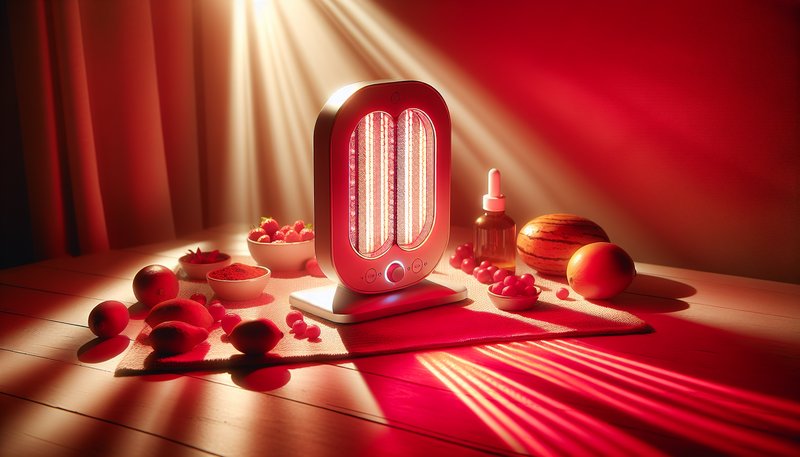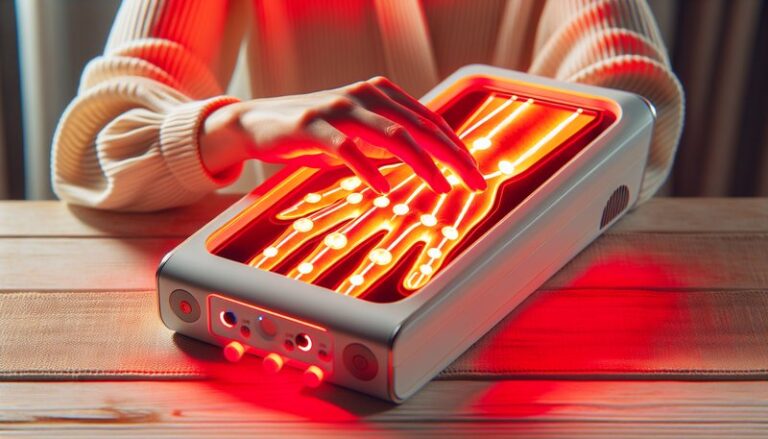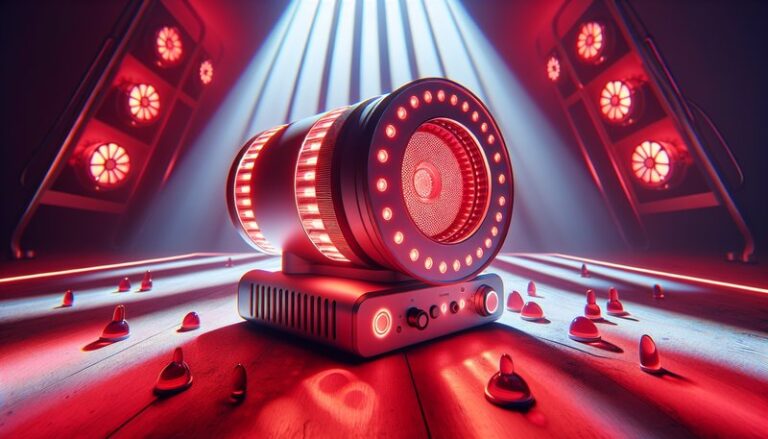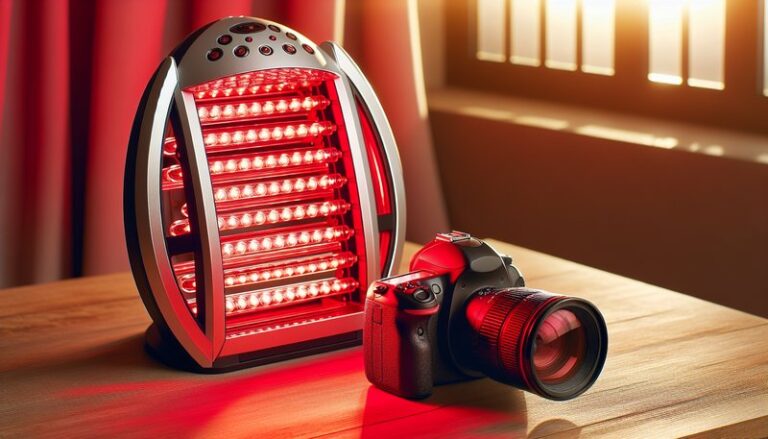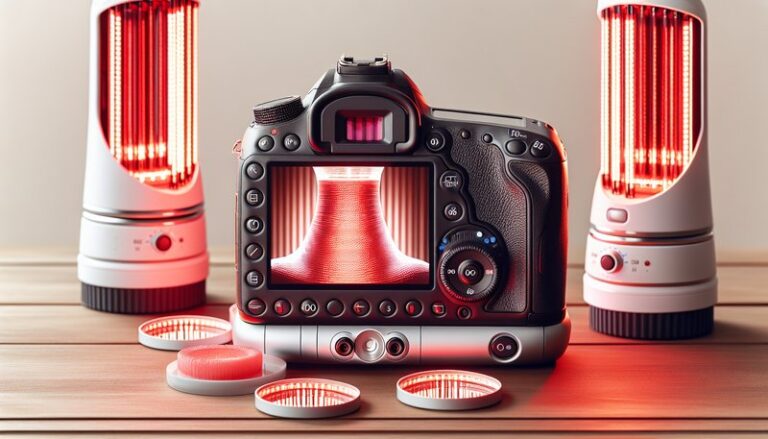Why Is Red Light Therapy Good For You?
Why Is Red Light Therapy Good For You?
Have you ever heard of red light therapy as a solution for various health and wellness concerns? This innovative treatment is gaining traction for its holistic benefits and therapeutic applications.
In this article, we will explore what red light therapy is, its benefits, considerations before trying it, and alternatives available. Whether you are seeking relief from pain, recovery from injuries, or a boost in skin health, understanding red light therapy may help you make informed decisions about your wellness journey.
Key Takeaways
- Red light therapy utilizes low-level wavelengths to stimulate healing processes in the body.
- It is known for its benefits, including enhanced skin health, improved wound healing, and reduced inflammation.
- Safety and effectiveness make it a popular choice for various applications, although there are important considerations to keep in mind.
What is Red Light Therapy?
Red light therapy (RLT) is a non-invasive treatment that uses specific wavelengths of light, typically in the red and near-infrared spectrum, to stimulate cellular function. The therapy promotes healing and rejuvenation at the cellular level by enhancing mitochondrial function, which is crucial for energy production in cells.
The technology is commonly employed in physical therapy, skincare, and even hair restoration. Devices used can vary from small handheld units to large panels, making it accessible for both professional use and home applications.
How Does It Work?
When red light is absorbed by the skin, it penetrates down to the mitochondria within cells, prompting them to produce more ATP (adenosine triphosphate). This increase in energy boosts cellular repair and regeneration, supporting various therapeutic outcomes.
Check our latest on Can Red Light Therapy Cause Darkening?
What are the Benefits of Red Light Therapy?
This section delves into the numerous advantages of red light therapy, highlighting how it can cater to various health needs.
Enhanced Skin Health
Red light therapy has been shown to improve skin complexion and reduce the appearance of wrinkles. Studies indicate that RLT can stimulate collagen production, leading to tighter, more youthful skin. Many skincare brands have incorporated this technology into their treatments.
Reduced Inflammation and Pain Relief
Research suggests that RLT can decrease inflammation and provide pain relief for conditions such as arthritis and muscle injuries. By promoting blood flow and cellular repair, it aids faster healing and recovery.
Improved Wound Healing
Healthcare professionals often utilize RLT to enhance wound healing processes. It has been observed to accelerate skin regeneration, reduce scar tissue’s formation, and improve overall recovery times for surgical wounds and other injuries.
Increased Muscle Recovery
Athletes are increasingly adopting red light therapy for muscle recovery. The therapy helps reduce soreness and inflammation after workouts, making recovery times shorter and enhancing athletic performance.
Discover our review on Does Red Light Therapy Boost Testosterone?
Mood Enhancement and Sleep Improvement
Emerging studies suggest that exposure to red light may promote the production of melatonin, the hormone responsible for regulating sleep. Additionally, its calming effect can help alleviate symptoms of anxiety and depression.
Is it Possible to Use Red Light Therapy at Home?
Yes, red light therapy can be effectively performed at home using devices designed for personal use. However, it’s important to consider several factors before making a purchase.
What are the Advantages of Home Use?
The convenience of at-home treatments allows users to incorporate red light therapy into their daily routines without the need for frequent trips to the clinic. This accessibility can lead to better adherence to treatment plans.
What are the Disadvantages of Home Use?
While home devices can be beneficial, they may not offer the same intensity or effectiveness as professional-grade equipment used in clinics. Consumers must also ensure they choose reputable brands to experience maximum benefits.
What are the Things to Consider Before Using Red Light Therapy at Home?
Before embarking on a red light therapy journey, it’s essential to consider a few critical factors.
Device Quality
Investing in a high-quality red light therapy device is crucial. Look for devices that emit the correct wavelengths (typically between 600-650 nm for red light and 800-880 nm for near-infrared light) to ensure efficacy.
Duration and Frequency
Understanding how often and how long to use the device is essential for achieving desired results. It is generally recommended to start with shorter sessions and gradually increase duration as needed.
Consultation with a Professional
Before starting red light therapy, particularly for specific health concerns, it’s advisable to consult with a healthcare provider, especially if you have underlying medical conditions.
What are the Alternatives to Red Light Therapy?
If red light therapy isn’t suitable or accessible for you, there are various alternatives to consider.
Phototherapy
Similar to red light therapy, phototherapy uses different types of light to treat various medical conditions, including skin disorders like psoriasis and eczema.
Cryotherapy
Cryotherapy employs extreme cold to reduce inflammation and assist in muscle recovery. Although different in methodology, it offers similar benefits in pain relief and recovery.
Laser Therapy
Laser therapy is a form of light therapy that uses focused laser beams. It is often used for specific medical applications and may provide deeper tissue penetration than RLT.
Massage Therapy
While not a light-based treatment, massage therapy can enhance recovery, decrease muscle tension, and improve circulation, offering physical relief similar to red light therapy.
Conclusion: Is it Recommended to Use Red Light Therapy?
In summary, red light therapy offers a range of compelling benefits for skin health, pain relief, wound healing, and muscle recovery. Its versatility and effectiveness make it a valuable addition to numerous health and wellness regimens. However, considering device quality, consultation with professionals, and individual needs is vital to optimize treatment and achieve the best results.
Frequently Asked Questions
How often should I use red light therapy?
Most experts recommend starting with sessions of 10-20 minutes, 3-5 times a week, and adjusting based on individual responses and specific health goals.
Are there any side effects of red light therapy?
Generally, red light therapy is considered safe with minimal side effects, such as temporary redness or irritation in the treated area. However, it’s wise to consult a healthcare provider if you have concerns.
Can red light therapy help with acne?
Yes, red light therapy can be beneficial for acne due to its anti-inflammatory effects and ability to promote wound healing. Its application can assist in reducing scarring and redness.
How long does it take to see results from red light therapy?
Results can vary depending on the condition being treated, but many users notice improvements within a few weeks of consistent use.
Is red light therapy suitable for all skin types?
Most skin types can safely use red light therapy, but individuals with specific skin conditions should consult a dermatologist to ensure it is appropriate for their needs.
